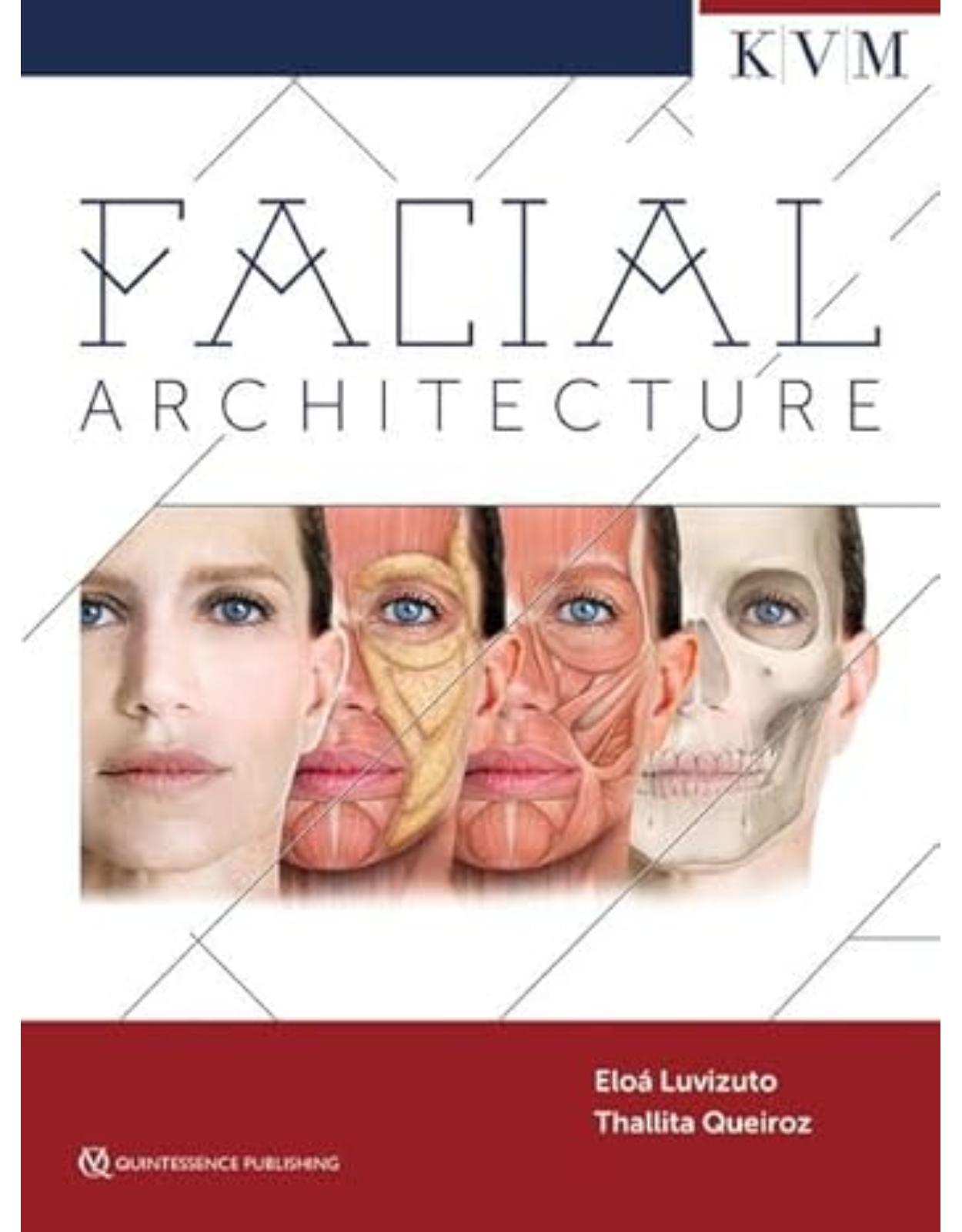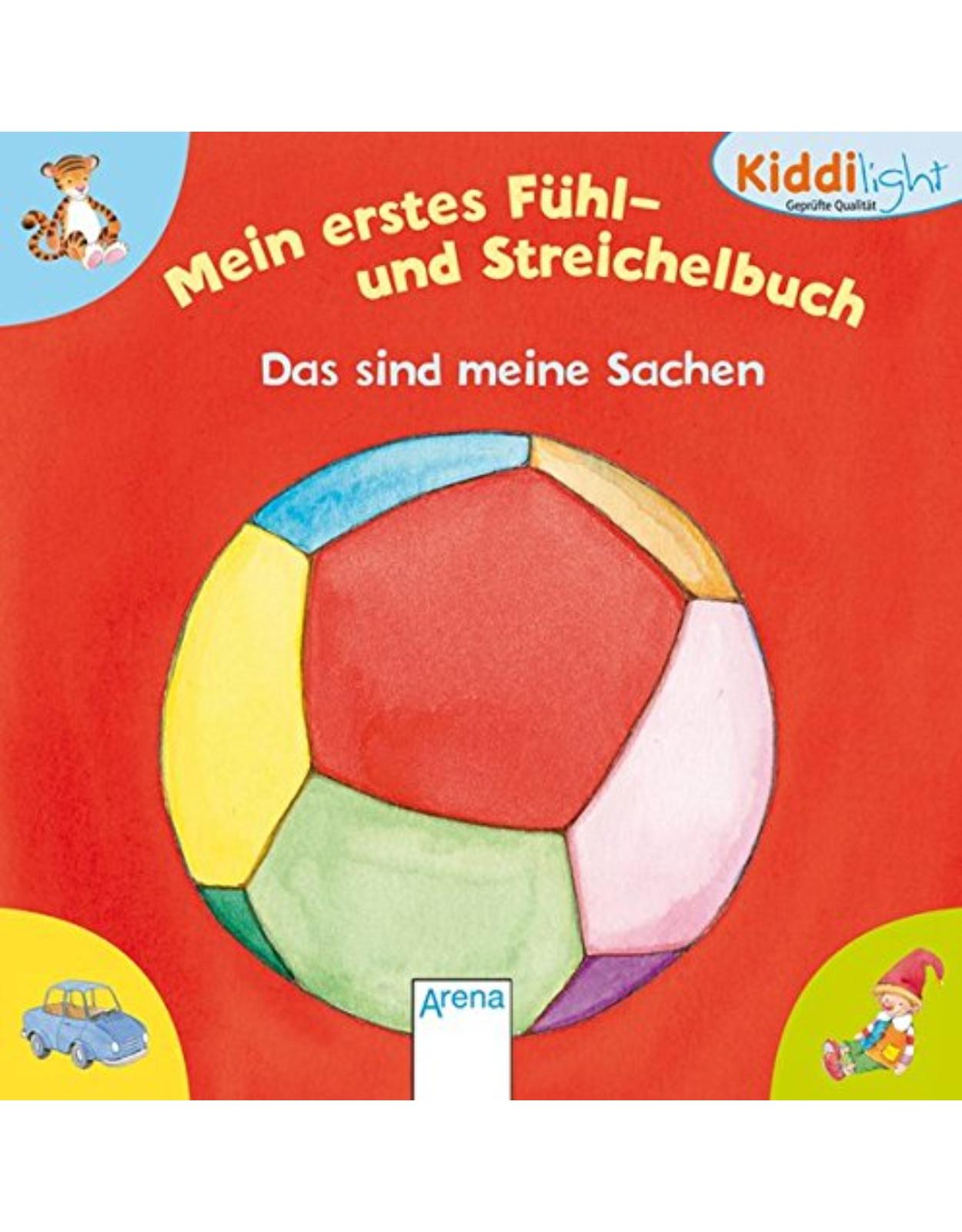
Orthodontic Aligner Treatment: A Review of Materials, Clinical Management, and Evidence
Livrare gratis la comenzi peste 500 RON. Pentru celelalte comenzi livrarea este 20 RON.
Disponibilitate: La comanda in aproximativ 4 saptamani
Editura: Thieme Medical Publisher
Limba: Engleza
Nr. pagini: 200
Coperta: Hardcover
Dimensiuni: 17.27 x 24.13 cm
An aparitie: 18 Nov. 2020
Description:
For almost 20 years, clear aligners have seen growing popularity in addressing patients' demands for orthodontic treatment that is also discreet and esthetically inconspicuous. Especially for the adult patient, these almost invisible systems are in considerable demand.
Supported by solid clinical evidence, this new work introduces and discusses all the presently available thermoplastically formed products that apply a predetermined strain to the teeth and jaw, with the goal of correcting malpositioned teeth, while also being esthetically acceptable for the patient.
Key Features:
More than a dozen contributions by top international experts
Includes the most recent guidelines on clinical management with aligners
Scientific approach presents evidence from material properties research, forces generated with aligners, and treatment outcome assessments
Valuable information on changes in oral microbiota, potential side effects, biocompatibility, and more
Orthodontic Aligner Treatment will be welcomed by all orthodontic specialists, as well as graduate students, researchers, and clinical faculty in the field.
Table of Contents:
Section I Introduction: Types and Material Properties
1 Aligner Treatment: An Overview
1.1 Introduction
1.2 Esthetic Treatment Demands
1.3 Clear Aligner Therapy
1.4 Orthodontic Tooth Movement with Clear Aligners
1.5 Material Properties of Clear Aligners
1.6 Conclusion
References
2 Material Properties of Aligners
2.1 Introduction
2.2 Chemical Composition
2.3 Material Properties
2.3.1 Mechanical Properties
2.3.2 Water Absorption
2.3.3 Transparency
References
Section II Clinical Management
3 Early Treatment in Preteens and Teenagers Using Aligners
3.1 Introduction
3.2 Fixed Expansion
3.3 Removable Anterior Bite Plate Appliance
3.4 Removable Posterior Bite Plate Appliance
3.5 Functional Appliance
3.6 Invisalign First
3.7 Invisalign Treatment with Mandibular Advancement
3.7.1 Mandibular Advancement with Precision Wings and Aligners
3.7.2 Mandibular Advancement with Magnet-Activated Aligners
3.8 Treatment in Early Mixed Dentition
3.9 Treatment in Late Mixed Dentition
3.10 Treatment in Permanent Dentition in Young Adolescents
3.11 Conclusion
References
4 Teen Treatments with Aligners
4.1 System Check
4.2 Treatment Strategies
4.2.1 Class II Malocclusion Treatment
4.2.2 Class III Malocclusion Treatment
4.3 Space Management
4.3.1 Spacing (Excess of Space)
4.3.2 Lack of Space
4.4 Vertical Problems
4.4.1 Open Bite
4.4.2 Deep Bite
4.5 Dislocated Impacted Canines
4.6 Interdisciplinary Treatments
4.6.1 Auxiliaries
4.6.2 Elastics
4.6.3 TADs
4.6.4 Power Arms/Lever Arms
4.6.5 Braces, Sectionals
4.7 Retention
5 Routine Mechanics and Aligners (Extraction/Nonextraction)
5.1 Introduction
5.2 Initial Appointments and Informed Consent
5.3 Nonextraction Plans (Class I, II, and III Malocclusions)
5.3.1 Class I Malocclusion Considerations
5.3.2 Class II Malocclusion Considerations
5.3.3 Class III Malocclusion Considerations
5.4 Extraction Plans (Extraction Plans, Anchorage Control, Compensatory Movements)
5.4.1 Considerations in Extraction Plans
5.4.2 ClinCheck and Treatment Planning
5.4.3 Planning and Execution
5.4.4 Shape-Driven Orthodontics
5.4.5 Compensatory Movements
5.4.6 Attachment Designs
5.4.7 Class I Malocclusion Considerations
5.4.8 Class II Malocclusion Considerations
5.4.9 Class III Malocclusion Considerations
5.5 Conclusion
References
6 Precautions with Aligner Treatment
6.1 Special Care with Aligner Therapy
6.2 Conclusion
References
Appendices (Aligner Efficiency in Individual Tooth Movements)
Appendix A: Alignment
Appendix B: Labiolingual Inclination: Tipping
Appendix C: Labiolingual Inclination: Torque
Appendix D: Transverse Plane
Appendix E: Vertical Plane: Intrusion
Appendix F: Vertical Plane: Extrusion
Appendix G: Rotations
7 Clear Plastic Appliances as Retainers
7.1 Introduction
7.2 Historical Background to Clear Plastic Retainers
7.3 Worldwide Use of Clear Plastic Retainers
7.4 Types of Materials and Methods of Production
7.5 Polyethylene and Polypropylene Retainers
7.6 Polyurethane Retainers
7.7 Multilayer Clear Plastic Retainers
7.8 Thickness of Retainers
7.9 Production of Retainers
7.10 Design of Clear Plastic Retainers
7.11 How Often to Wear Clear Plastic Retainers?
7.12 Indications for Use
7.13 Clear Plastic Retainers: An Evidence-Based Approach
7.14 Clear Plastic Retainers versus Hawley Retainers
7.15 Clear Plastic Retainers versus Begg Retainers
7.16 Clear Plastic Retainers versus Bonded (Fixed) Retainers
7.17 Clear Plastic Retainers: Full Coverage versus Modified Clear Plastic Retainers
7.18 Safety and Clear Plastic Retainers
7.19 Longevity of Clear Plastic Retainers
7.20 Compliance with Clear Plastic Retainers
7.21 The Future
References
8 Digital Workflow in Aligner Therapy
8.1 Introduction
8.2 Dental Records
8.3 Data Acquisition
8.4 Diagnostics
8.5 Planning
8.6 Outcome Simulation
8.7 Designing Aligners and Management Portals
8.8 Manufacturing Aligners
References
Section III Evidence
9 Outcome Assessment and Evidence on the Clinical Performance of Orthodontic Aligners
9.1 Background
9.2 Appraisal of Evidence from Existing Clinical Studies
9.3 Characteristics of Existing Clinical Studies Comparing Aligners to Fixed Appliances
9.4 Treatment Efficacy in Terms of Occlusal Outcome
9.5 Treatment Efficiency in Terms of Duration and Adverse Effects
9.6 Strength of Current Recommendations and Threats to Their Validity
9.7 Conclusion
References
10 Forces and Moments Generated by Aligner-Type Appliances for Orthodontic Tooth Movement
10.1 Introduction
10.2 Existing Evidence
10.2.1 Aligner Thickness
10.2.2 Type of Tooth Movement
10.2.3 Aligner Material
10.2.4 Internal Validity of the Existing Evidence
10.3 Conclusion
References
11 Aligners and the Oral Microbiome
11.1 Introduction
11.2 Oral Hygiene during Orthodontic Treatment
11.3 Effect of Orthodontic Treatment on the Oral Microbiome
11.4 Cariogenic Bacteria
11.5 Periodontopathic Bacteria
11.6 Conclusion
References
12 Intraoral Aging and Changes on Aligner Mechanical Properties
12.1 Introduction
12.2 Mechanical Properties after In Vivo Aging
12.3 Hardness
12.4 Elastic Modulus
12.5 Tensile Strength
12.6 Creep–Relaxation
12.7 Mechanisms of Degradations of Mechanical Properties
References
13 Color Changes of Aligners and Thermoplastic Retainers during Intraoral Service
13.1 Introduction
13.2 Mechanisms of Discoloration of Aligners and Thermoplastic Retainers
13.3 Other Phenomena Influencing Color of Aligners and Thermoplastic Retainers
13.4 Research on Discoloration of Aligners and Thermoplastic Retainers
13.4.1 In Vitro Studies
13.4.2 In Vivo Studies
13.5 Conclusion
References
14 Biological Properties of Aligners
14.1 Introduction
14.2 Plastic Toxicity
14.2.1 General Aspects
14.2.2 Dental Environment
14.2.3 Orthodontic Materials
14.2.4 Invisalign
References
15 Aligner Treatment from the Patient Perspective
15.1 Introduction
15.2 Oral Health-Related Quality of Life
15.3 Assessment of Health and Oral Health-Related Quality of Life
15.4 Oral Health-Related Quality of Life and Malocclusion
15.5 Oral Health-Related Quality of Life and Clear Aligner Treatment
15.6 Pain Experience
15.7 Satisfaction with Treatment
15.8 Conclusion
References
Index
| An aparitie | 18 Nov. 2020 |
| Autor | Theodore Eliades , Athanasios Athanasiou |
| Dimensiuni | 17.27 x 24.13 cm |
| Editura | Thieme Medical Publisher |
| Format | Hardcover |
| ISBN | 9783132411487 |
| Limba | Engleza |
| Nr pag | 200 |
-
46500 lei 44400 lei













Clientii ebookshop.ro nu au adaugat inca opinii pentru acest produs. Fii primul care adauga o parere, folosind formularul de mai jos.